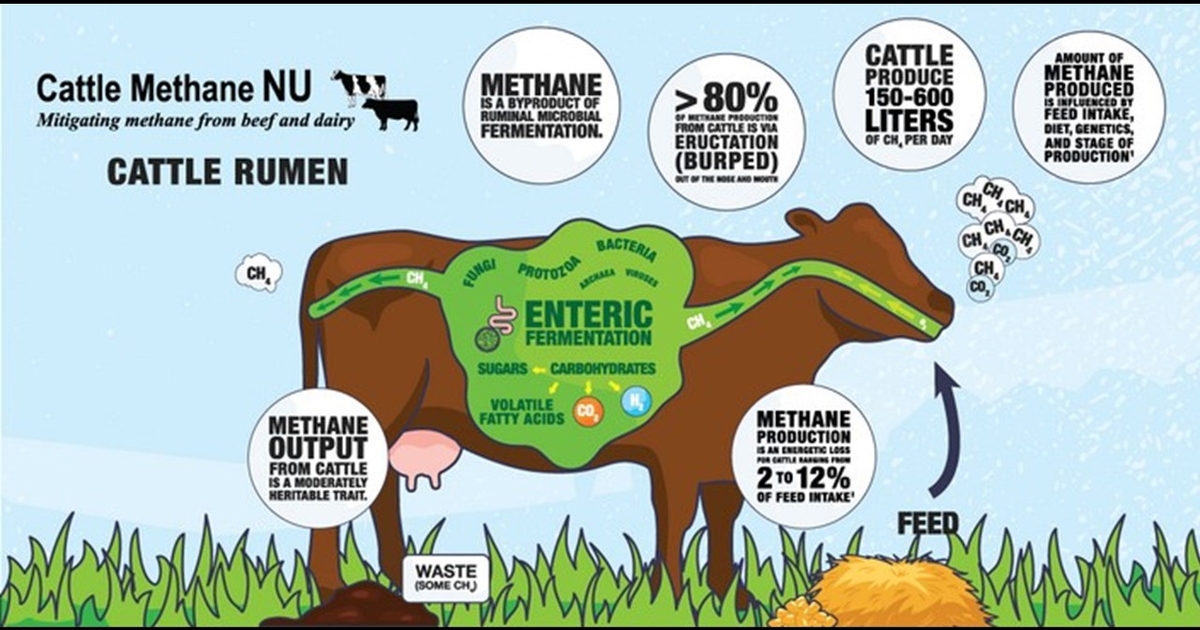Looking ahead to ’24: Beef cow slaughter and herd culling
Posted on December 19, 2023 by Derrell Peel
Source: Farm Progress. The original article is posted here.

From the beginning, some additional beef herd liquidation was likely. Given the low inventory of bred heifers, beef cow slaughter would have to decrease by roughly 24 percent year over year in order to hold the beef cow inventory steady. That would have dropped the beef cow culling rate from the record 13.2 percent in 2022 to about 10.4 percent this year.
Such a dramatic decrease in beef cow slaughter was never likely. Through early September, the year over year weekly average beef cow slaughter decrease reached a maximum of 13.8 percent down from the previous year. If this decrease had persisted for the entire year an additional beef cow herd liquidation of roughly 1.5 percent would be possible. This would have resulted in a beef cow culling rate of roughly 11.8 percent.
However, Figure 1 shows that a strong seasonal increase in beef cow slaughter began in September. The average weekly beef cow slaughter since Labor Day has been down 5.6 percent year over year and the decrease the last five weeks into early December has been down just 1.3 percent from one year ago. The year to date decrease in beef cow slaughter is now down 11.4 percent with just four weeks of data left in the year.

This rate of beef cow slaughter suggests that the beef cow herd decreased another 2.0-2.5 percent in 2023. This would result in a January 1, 2024 beef cow herd of about 28.2 million head, the smallest since 1961. The apparent beef cow culling rate for 2023 is about 12.1 percent.
Since 2001, the USDA January estimate of beef replacement heifers has included an estimate of the number of beef heifers expected to calve (bred heifers) and, by subtraction, the number of heifer calves retained for breeding in the coming year.
Looking back in history, a comparison of this estimate of heifers to be bred this year to the number of heifers calving next year implies that there are always some extra heifers bred (out of the Other Heifer inventory).
We won’t know the number of bred heifers for 2024 until the Cattle report is released at the end of January. However, the calculated inventory of heifers retained for breeding in 2023 was the lowest in the data back to 2001. The level of heifer slaughter in 2023, down just 2.8 percent year over year, doesn’t indicate a likelihood of many “extra” heifers bred in 2023. The pool of bred beef heifers is likely to remain low going into 2024, keeping the prospects of beef cow herd growth minimal in the coming year.

.jpg?disable=upscale&width=1200&height=630&fit=crop)


